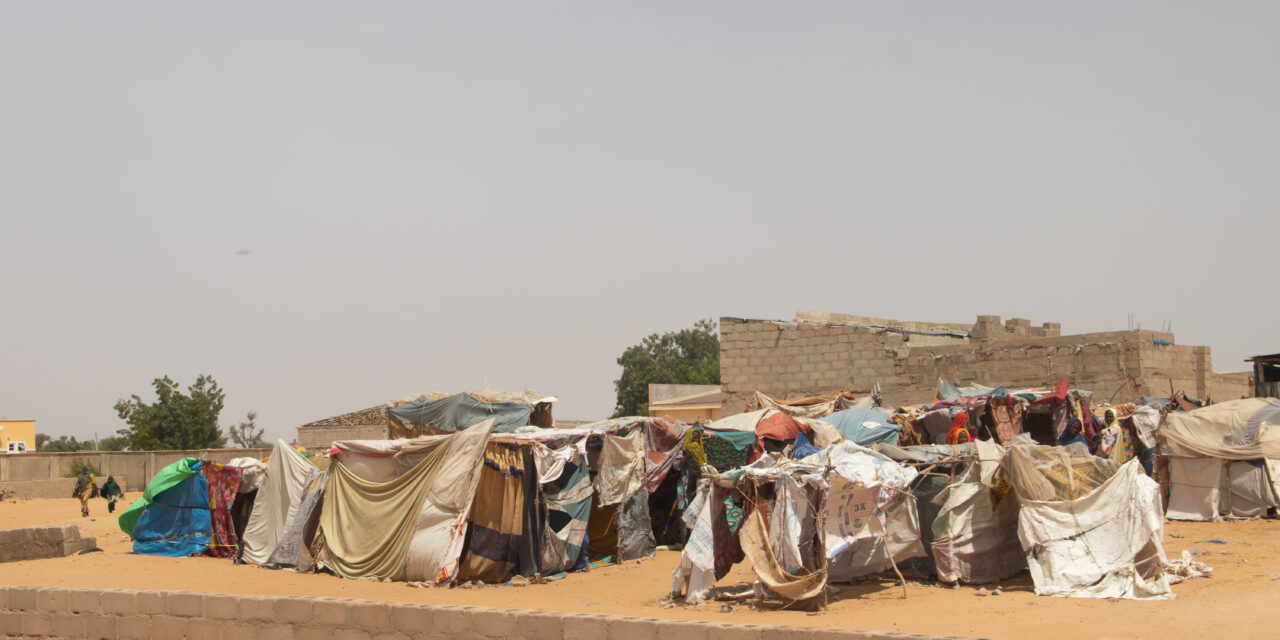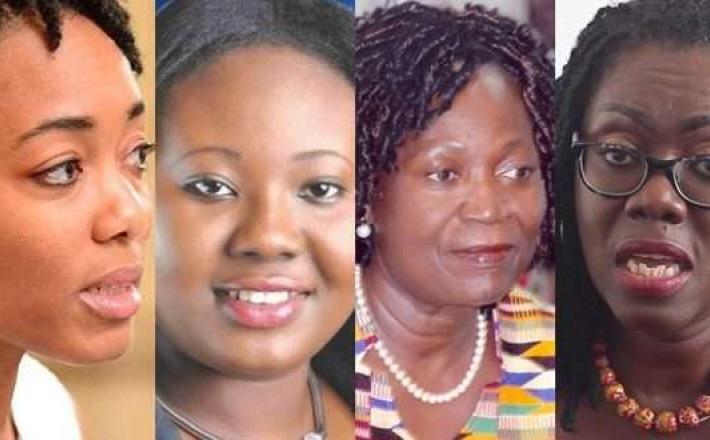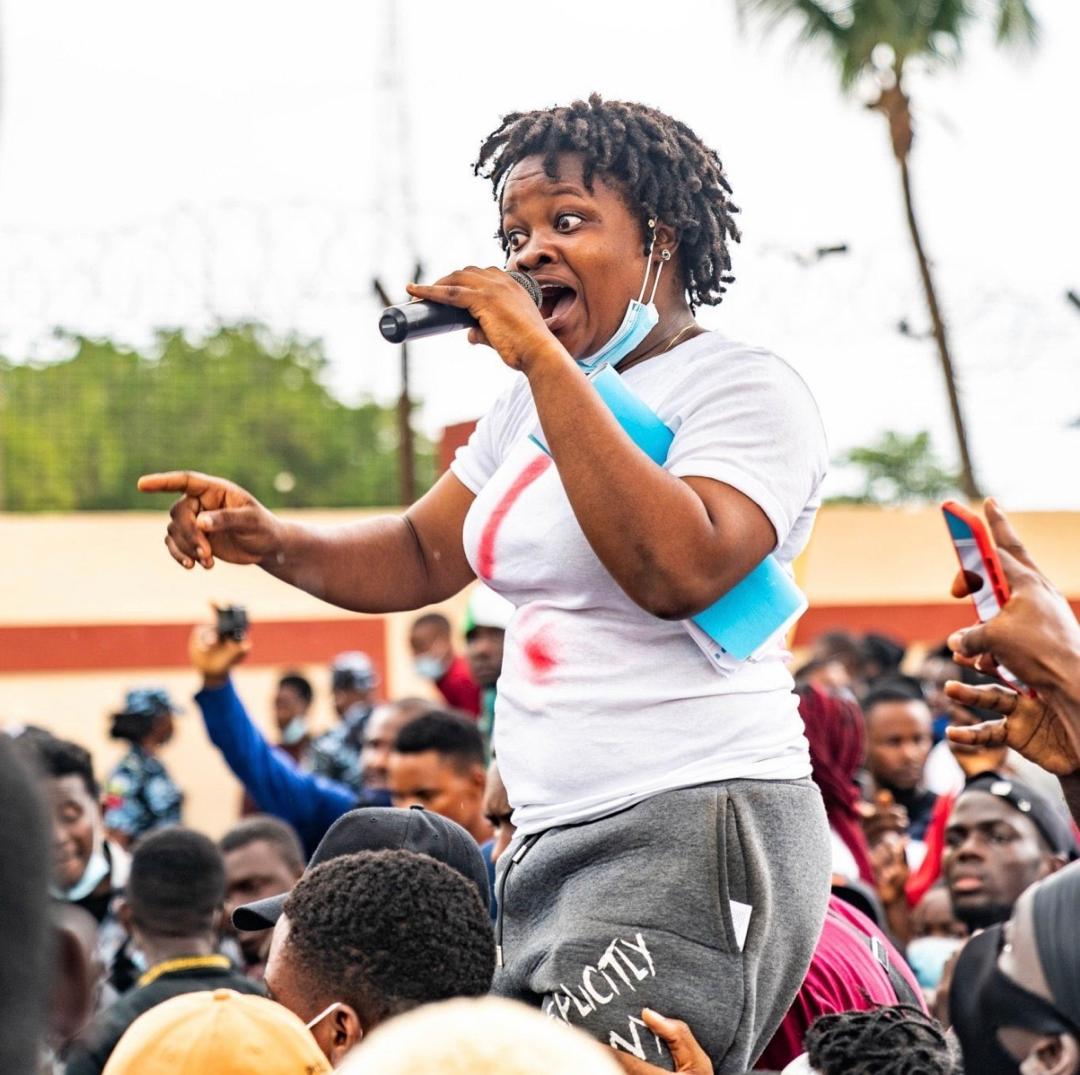Part 1: Historical Context and the Seeds of Modern Conflict
To be African is to understand diversity and master dancing to different rhythms associated with a diverse mixture of cultures. To be African is to hope, dream and spend everyday walking towards the dream. To be African is to laugh out loud at such a wide range of jokes in rooms full of people who wouldn’t understand the jokes. To be African is to stick to positivity amidst storms that consistently necessitate negativity. To be African is to learn to overcome; overcome even the smallest struggles that should rather not exist. Struggles to love the colour of your skin or the texture of your hair. Struggles to polish your tongue against the backdrop of a miniature of languages learnt in your childhood to fit into ‘international’ spaces’. Struggles to maintain love through resistance and unending injustice. To be African demands redefining but we are conflicted about the ways to redefine ‘Africanicity’.
The war in Eastern Congo is a debate we should have had years ago but we simply brushed it off as neocolonialism effects in the region and kept thriving in our lives as millions of Congolese men, women and children were murdered, raped and displaced. We didn’t even indulge in the debate when the displaced Congolese people ended up as some of our friends after fleeing their homes in search of a drop of safety. Understandably so. Some things seem far-fetched to most people. The possibility of being rendered homeless at any time. The fear that arises from living with the gaping awareness that everything could change at anytime. One hour you could be a child, bubbling with joy in the safety of the arms of your parents and the next, a gun could snatch the parents and the home away. Leaving you with no option but to wrap whatever belongings you can in one of your sheets, place them on your back and leave for the unknown.
The Current Crisis
Today, we see this reality unfolding as the M23 rebels have captured key eastern cities of Goma and Bukavu, leaving devastation in their wake. The rebel group is closing in on Walikale, a major mining hub, while communities gear up for war or flee to safety. The humanitarian crisis has worsened dramatically, with over 500,000 people displaced in the Kivus due to recent M23 advances, adding to an estimated 7 million Congolese already displaced within the country, the majority in the eastern provinces.
The Genesis of Conflict
Congo has been at war since colonisation. That’s how far its conflict history stretches. To the weaponisation of ethnic identities to cause conflict so that various factions could keep benefiting from the land that is mineral rich; with coltan, cobalt, gold, diamonds, uranium and copper.
In Congo, the ethnic identity that was weaponised to fashion a war is the Tutsi identity. Tutsis are a pastoralist tribe in the Great Lakes Region that are famously known for surviving the 1994 Rwandese genocide. Initially known as the Banyarwanda from the Banyarwanda kingdom, the Tutsis were a class faction pre-colonisation that identified as lords and offered military protection in exchange for levies from the dominant Hutu faction whose economic activity was farming.
Colonial Division and Ethnic Weaponization
During colonisation, the Belgians altered and cemented this class system by totally separating the Tutsis from the Hutus by virtue of physical appearance. Yes, Tutsi and Hutu aren’t tribal identities like other tribal identities in Africa that are so due to cultural and speech homogeneity. This separation set Tutsis at a place that they mostly already were a tad familiar with, a place of leadership superiority that they already had in the former Banyarwanda kingdom, despite being a minority.
The colonialist separation of the two Rwandese identities formalised this division as a people United by a common language and culture became two tribes rather than two economic classes. With the Tutsi tribe being handed leadership roles in both Rwanda and some being transported to the Eastern DRC region to head plantations and other leadership roles that colonial administrations gave such as heads of schools, consent to undergo educational trainings while others couldn’t.
The Question of Identity
I know there’s a debate that stretches further back into history than this. The debate that puts the Tutsis nativeness to the Eastern Congo region in question. I believe that debate is pointless. Tutsis have lived in Eastern Congo for over a century. At least the first ones to move into the region have. So their citizenship or identity in Congo being put to question creates a narrative of discrimination that I intend to drift away from and we all should.
Because the Tutsi identity in Congo isn’t in question. They were recognised as Congolese citizens post colonisation by the Mobutu administration as Banyarwanda before they altered their identity to Banyamulenge. In honour of the Mulenge mountain where they settled. Without putting their identity as Congolese citizens in question, I would debate that their identity isn’t identifiable in Eastern Congo before colonisation because their is no historical evidence of their settlement in the region before the German and later Belgium invasions.
Tracing Historical Presence
By historical evidence, I mean that there is no evidence of naming native to Tutsis or Banyarwanda in Eastern Congo before 1922. It’s quite common for tribes that lived along natural vegetation to identify the physical features and vegetation around them using tribal names. These names can be traced even after colonial renaming of these features.
Take Lake Victoria for example, the Luos who neighboured it in Kenya called it Nam Lolwe. The Luganda people in Uganda called it Nalubaale and the Bantus (both Abasuba and Tanzanian Bantus) called it Nyanza. Swahili Tanzanians called it Ukerewe. All these people bordered Lake Victoria from different sides of the lake. There are no physical features in Eastern Congo named after the Tutsis. Even the mountain Mulenge that the Tutsi tribe were renamed after was named by the Fuliiru Bantus in the region. So was Lake Kivu.
It’s necessary to also note that unlike most African borders, the Banyarwanda and Eastern Congo border is separated by Lake Kivu so this is possible. Their migration into Eastern Congo can also be traced from their resettlement from Northern Tanzania where they can be placed at in the 1860s. They were pastoralists, they did move around. Maps of African kingdoms pre-colonisation in the region also denote this. It however doesn’t matter anymore and shouldn’t be a focal point for this discussion at all.
The Roots of Modern Conflict
Congo war started as soon as Kasavubu and Patrice Lumumba took over government as Belgian factions started to partner with different entities to attempt to separate Eastern Congo from the Patrice government that was working to completely sideline the Belgians economically. The M23 problem in Congo isn’t a recent issue, neither is it FDLR caused. M23 is a rebellion group that has existed in Eastern Congo since 1965 as they participated against the Simba rebellion that unsat president Kasavubu and got Dictator Mobutu into power.
They are a Tusti rebellion group whose cause for existing in the region has altered over time often, almost as much as their name. They started with the intention of getting Banyarwanda (Tutsis) in Congo recognised as Congolese citizens. Mobutu Sseseseko recognised them as citizens and offered Tutsi leaders positions in his administration and military, as a reward for their aide in his coup. Positions that were held for long after their disagreement with the dictator that led them to unite against him as he weakened, under the backing of their new-found Rwanda leader Kagame, who had just taken up leadership as the vice president then later president of Rwanda.
The Escalation to Current Crisis
The conflict has now entered a new and more destabilizing stage. The M23 is advancing faster than previous insurgencies from the east during the First and Second Congo Wars. A call for a pause in the fighting by leaders from the 8 member states of the East African Community (EAC) and 16 member states of the Southern African Development Community (SADC) was dismissed by the Rwandan-backed M23 rebel forces, who have continued their offensive.
During the battle for Goma in January 2025, a firefight between the M23 and SADC Mission in the DRC (SAMIDC) forces led to the deaths of 20 soldiers from South Africa, Malawi, and Tanzania. About 1,300 SAMIDC troops remain confined to their bases in Goma and Sake under the watch of M23 fighters after negotiating a ceasefire. The deaths and the potential of Rwanda gaining leverage over its giant neighbor have further accentuated the regional tensions underlying this conflict.
In Part 2, we’ll explore the modern implications of this conflict, examine the role of regional powers Rwanda and Uganda, and ask the crucial question: who bears responsibility for this ongoing humanitarian catastrophe? We’ll also look at the international dimensions of this crisis and how mineral wealth has fueled decades of bloodshed in a region that should be thriving.





